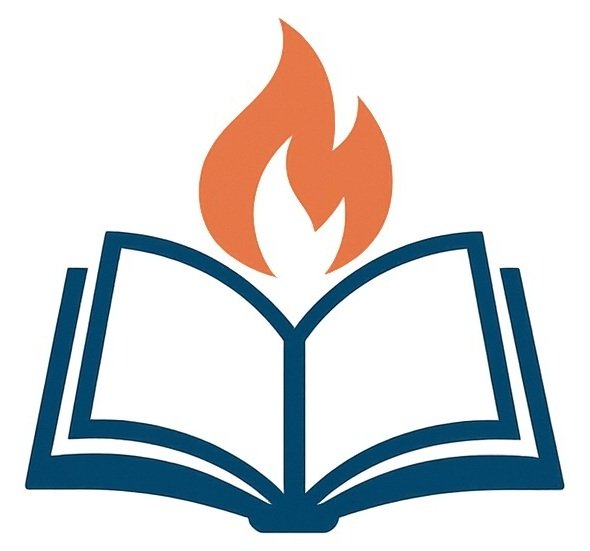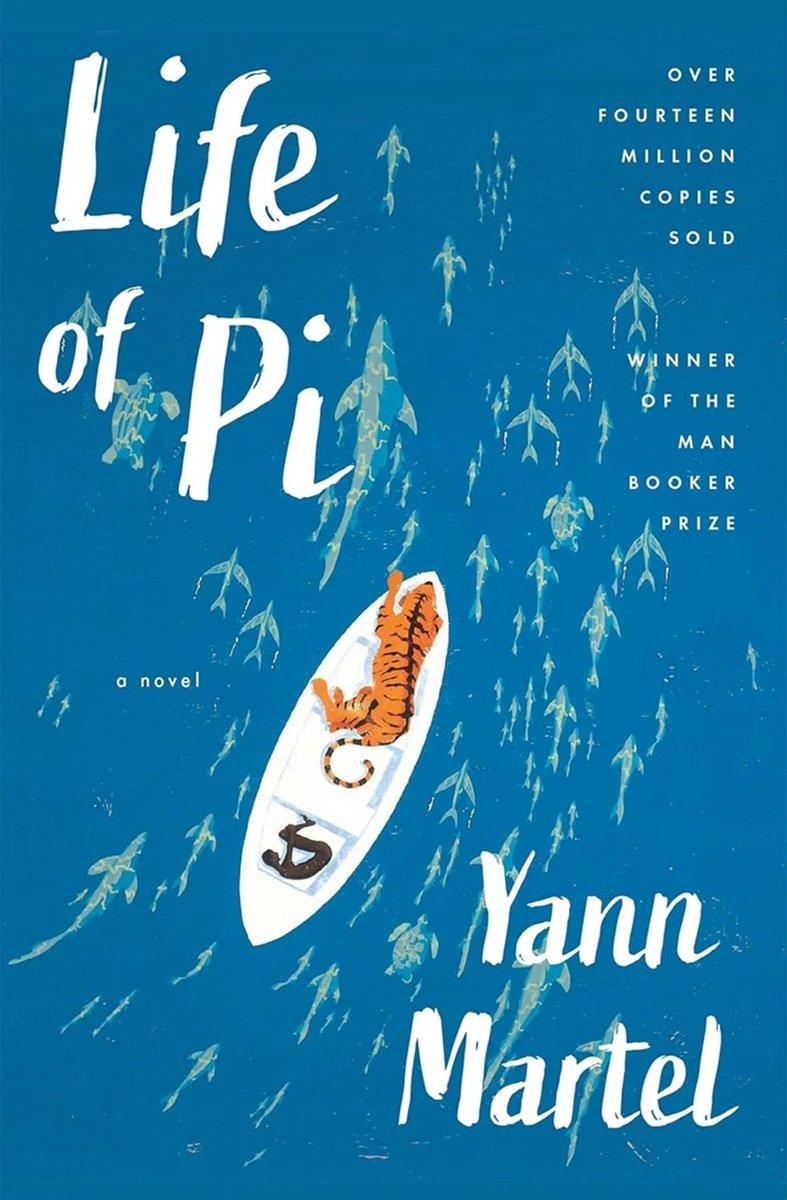Your cart is currently empty!
Yann Martel’s Life of Pi is a powerful novel that blends adventure, survival, and spirituality, making it a compelling choice for students in grades 9–12. The story follows Pi Patel, a young boy stranded on a lifeboat with a Bengal tiger after a shipwreck, exploring themes of faith, resilience, and the nature of truth. This literature guide offers plot summaries, character analysis, key themes, discussion questions, and essay prompts. Suitable for high school study, the novel encourages critical thinking, moral reflection, and cross-disciplinary connections.

| Title | Life of Pi |
| Author | Yann Martel, Canadian writer. |
| Year Published | 2001 (winner of the 2002 Man Booker Prize). |
| Suitable Grade Level (US) | 9th–12th Grade (High School). Appropriate for Honors English, World Literature, or AP Literature. Can also be used in some college introductory courses. |
| Key Themes | – Survival and Resilience: Physical and psychological challenges of survival at sea. – Faith versus Science: Tension between religious belief and rational thought. – Storytelling and Truth: The power of narrative, multiple versions of truth. – Human–Animal Connection: Richard Parker (the tiger) as both companion and symbol. – Identity and Belief: Cross-cultural and interfaith perspectives. |
| Literary Elements | – Frame Narrative (Martel as “author/narrator” interviewing Pi). – Allegory (animal story versus human story). – Symbolism (tiger, ocean, lifeboat, food). – Magical Realism (fantastical elements treated as ordinary). – Unreliable Narrator (Pi’s two conflicting accounts). |
| Rhetorical Devices | – Imagery & Sensory Detail (vivid depictions of sea, animals, suffering). – Irony (contrast between belief and doubt). – Metaphor and Allegory (Richard Parker as survival instinct). – Foreshadowing (early clues about the alternate “human” story). – Pathos (emotional appeal to empathy and faith). |
| Curriculum Connections | – World Literature: Indian setting, global perspectives. – Philosophy/Ethics: Problem of evil, survival ethics, truth vs. meaning. – Religious Studies: Hinduism, Christianity, Islam, and interfaith dialogue. – Science: Zoology, animal behavior, survival skills, ocean ecology. – Language Arts: Narrative structure, allegory, unreliable narrator. |

